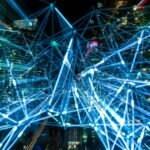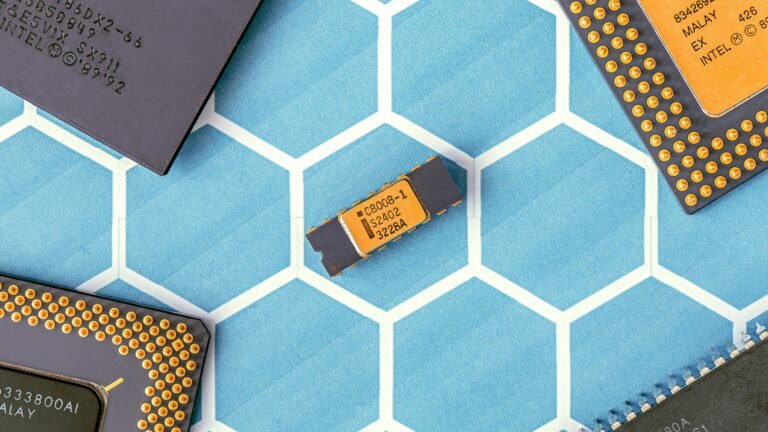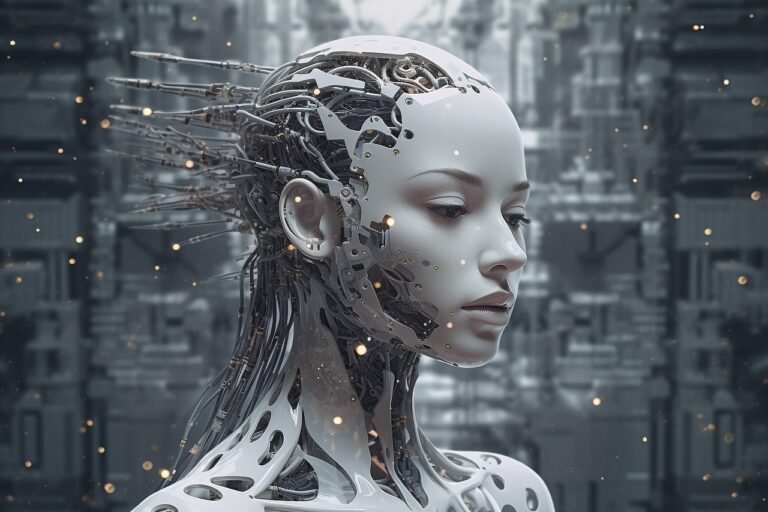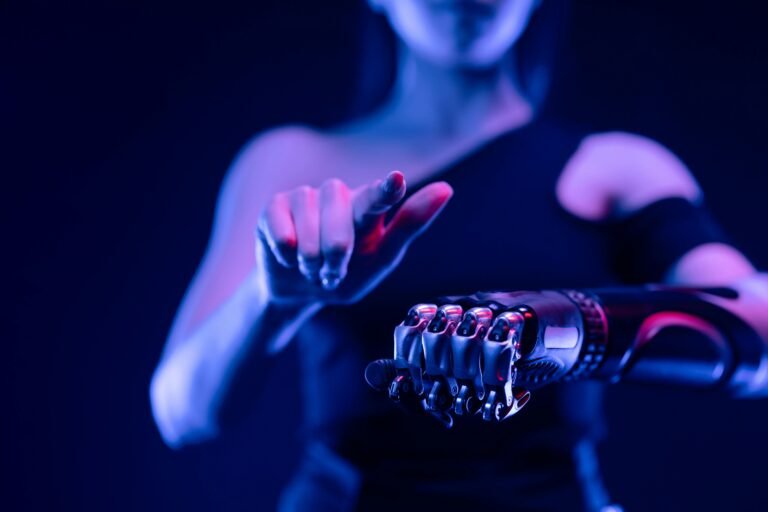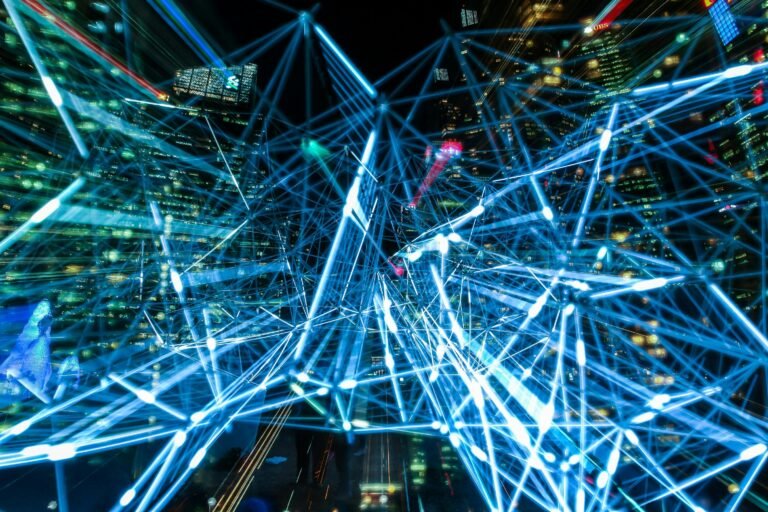The Underground AI Music Exchange: Building a Napster for the Algorithm Age
As artificial intelligence transforms music creation, a new generation of AI music enthusiasts is seeking dedicated platforms to share, discover, and trade their algorithmic compositions. The concept of a Napster-style peer-to-peer network specifically for AI-generated music represents both a technological opportunity and a fascinating return to the decentralized distribution model that once revolutionized the music industry but this time, entirely legal.
The Legal Foundation: Copyright-Free by Design
Unlike the original Napster, which facilitated the sharing of copyrighted material, an AI music trading network would operate on fundamentally different legal ground. The U.S. Copyright Office has established that purely AI-generated music cannot be copyrighted, meaning these tracks essentially enter the public domain immediately upon creation. This creates a unique opportunity for completely legal peer-to-peer sharing without the copyright infringement issues that plagued early file-sharing networks.
The legal advantages are significant. Court rulings have made it clear that uploading and downloading copyrighted music without permission on P2P networks constitutes infringement, but this restriction doesn’t apply to content that cannot be copyrighted in the first place. An AI music P2P network would represent the first legally bulletproof file-sharing ecosystem in music history.
The Growing AI Music Community: 600,000 Strong and Growing
The demand for such a platform is already evident in existing AI music communities. AI HUB Music Discord has accumulated 600,000 members, despite repeated deletions due to DMCA concerns and copyright violations. This massive user base demonstrates the appetite for AI music sharing, while the legal troubles highlight the need for a dedicated platform designed specifically for copyright-free content.
Current AI music communities are thriving across multiple platforms. The AI Music Lab Discord focuses on showcasing AI-generated tracks, discovering new prompts and editing methods, and collaborating on lyrics, visuals, and creative ideas. Meanwhile, specialized subreddits like r/SunoAI and r/udiomusic have become gathering places where AI music enthusiasts share their creations and seek feedback.
Technical Architecture: Learning from Web3 and Blockchain
The modern incarnation of an AI music P2P network would benefit from advances in decentralized technology that weren’t available during Napster’s era. Blockchain-based music platforms like Audius demonstrate how decentralized streaming can work, while Web3 music distribution platforms leverage blockchain technology to remove intermediaries and provide direct peer-to-peer interactions.
BitTorrent’s evolution shows how P2P networks can incorporate cryptocurrency incentives, suggesting an AI music network could implement token-based reward systems for sharing and seeding. The AUDIO token from Audius already demonstrates how blockchain technology can create decentralized governance structures that place decision-making power in the hands of fans and artists.
A modern AI music P2P network could incorporate several technical innovations:
Decentralized Storage: Using IPFS (InterPlanetary File System) or similar protocols to distribute file storage across the network, eliminating single points of failure.
Smart Contracts: Implementing automated attribution systems that track the AI tools and prompts used to create each track, providing transparency without traditional copyright concerns.
Tokenized Incentives: Creating reward mechanisms for users who contribute storage space, bandwidth, and curation services to the network.
Content Verification: Developing AI detection algorithms to ensure only AI-generated content enters the network, maintaining its legal status.
The Economic Model: Free Exchange in a Post-Scarcity Environment
The economics of an AI music P2P network would differ radically from both traditional music distribution and current streaming models. Since AI-generated music projected to constitute 20% of traditional music streaming revenues and 60% of music libraries’ revenues by 2028, there’s clear commercial demand for this content.
However, the copyright-free nature of purely AI-generated music creates what economists call a “post-scarcity” environment for this content. Unlike human-created music, where artificial scarcity is maintained through copyright protection, AI music would be infinitely copyable and distributable without legal restriction.
This creates opportunities for innovative economic models:
Curation Token Economy: Users could earn tokens for discovering, categorizing, and rating AI music, creating value through human curation rather than artificial scarcity.
Computing Resource Sharing: Network participants could contribute GPU time for AI music generation in exchange for priority access to new content and higher-quality audio files.
Metadata Monetization: While the music itself would be free, detailed prompt information, generation parameters, and remix stems could become valuable commodities for other creators.
Technical Challenges: Quality Control and Discovery
The primary challenge facing an AI music P2P network would be managing the overwhelming volume of content. AI music generation enables creation at unprecedented scale, potentially flooding the network with low-quality content. Spotify revealed it removed 75 million AI-generated tracks in the past year, highlighting the magnitude of this challenge.
Effective solutions would require sophisticated algorithmic curation and human-AI collaboration:
Community-Driven Quality Gates: Implementing reputation systems where established users can flag high-quality content for broader distribution.
AI-Powered Classification: Using machine learning algorithms to automatically categorize music by genre, mood, and technical quality.
Collaborative Filtering: Creating recommendation engines that learn from user behavior to surface content aligned with individual preferences.
Blockchain Provenance: Recording complete generation histories on-chain to enable users to find similar content or variations of tracks they enjoy.
Building the Community: From Discord to Decentralized
Current AI music communities provide a blueprint for how a decentralized network might develop organically. Discord servers focused on AI music collaboration already demonstrate the social dynamics that would drive adoption.
Key community features would include:
Real-Time Collaboration Spaces: Enabling live jamming sessions where multiple users contribute prompts to collaborative AI music generation.
Educational Resources: Providing prompt libraries, technique sharing, and tutorials to help users improve their AI music creation skills.
Genre-Specific Communities: Creating specialized channels for different musical styles, from 80s nostalgia to experimental electronic.
Cross-Platform Integration: Connecting with existing platforms like Suno, Udio, and other AI music generators to facilitate seamless sharing.
Legal Implications: The Napster Comparison
WIPO recently asked whether AI music could be “the industry’s next Napster moment”, but the comparison reveals key differences. While Napster enabled copyright infringement on a massive scale, an AI music P2P network would operate entirely within legal boundaries by focusing exclusively on content that cannot be copyrighted.
The legal advantages extend beyond mere compliance:
No Takedown Requests: Since the content isn’t copyrighted, major labels cannot issue DMCA takedowns.
Educational Use Protection: Universities and schools could use the network for research and education without copyright concerns.
Commercial Derivative Works: Users could freely remix, sample, and build upon shared content without clearance requirements.
Global Access: International copyright variations wouldn’t affect accessibility, creating a truly worldwide network.
Future Vision: The Post-Copyright Music Ecosystem
An AI music P2P network represents more than just a distribution platform it’s a glimpse into a post-copyright future for musical content. As AI music generation becomes more sophisticated, the traditional model of artificial scarcity maintained through copyright may become obsolete for algorithmically generated content.
The network could evolve into a comprehensive ecosystem including:
Live Generation Streaming: Real-time AI music generation broadcasting, where listeners influence the creative process through chat commands and voting.
Remix Culture Acceleration: Seamless remixing tools that allow users to modify and rebuild shared tracks without legal barriers.
Cross-Modal Integration: AI video and art generation synchronized with music sharing, creating complete multimedia experiences.
Educational Integration: Academic research platforms studying AI creativity, music theory, and algorithmic composition.
The Technical Implementation: Building on Proven Foundations
Modern P2P networks have learned from Napster’s technical limitations. BitTorrent’s distributed hash table (DHT) technology eliminates the need for central servers, while blockchain networks provide decentralized governance and incentive structures.
A practical implementation might combine several existing technologies:
IPFS for Storage: Distributed file storage ensuring content remains available even as individual nodes join and leave the network.
Ethereum/Polygon for Smart Contracts: Automated systems for content verification, user reputation, and token distribution.
WebRTC for Real-Time Features: Direct browser-to-browser connections enabling live collaboration and streaming features.
AI Content Verification: Machine learning algorithms to ensure uploaded content is actually AI-generated, maintaining the network’s legal status.
Conclusion: The Algorithmic Renaissance
The creation of a Napster-style AI music trading network represents more than technological nostalgia—it’s an opportunity to build the first truly legal peer-to-peer music sharing ecosystem. With 600,000+ AI music enthusiasts already seeking dedicated platforms, the demand clearly exists.
Unlike the original Napster, which operated in legal gray areas until shut down, an AI music P2P network would be legally bulletproof from inception. The copyright-free nature of purely AI-generated content creates unprecedented opportunities for free sharing, remixing, and collaboration on a global scale.
As AI music generation becomes increasingly sophisticated and the legal frameworks around algorithmic creativity solidify, such a platform could become the foundational infrastructure for a new era of musical creativity—one where the barriers between creation, distribution, and consumption dissolve entirely.
The technology exists. The community is ready. The legal framework is favorable. The only remaining question is who will build the definitive platform for the post-copyright music revolution.

